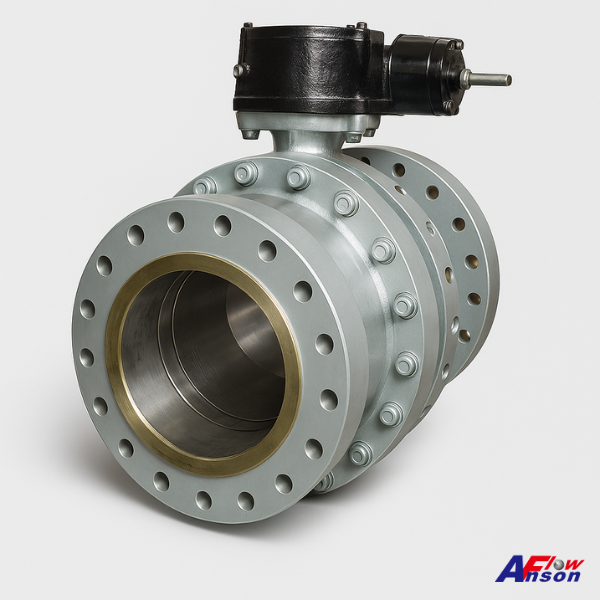
A Practical Guide for High-Pressure and Large-Bore Applications
In industries such as oil & gas, petrochemicals, LNG, and power generation, selecting the right valve is critical to system performance and safety. When dealing with high pressures, large pipe diameters, or demanding service conditions, the trunnion-mounted ball valve is a preferred choice for many engineers and plant operators.
🔧 Trunnion vs. Floating Ball Valves – What’s the Difference?
Ball valves typically fall into two categories: floating and trunnion-mounted.
•In a floating ball valve, the ball is held in place by the compression of the seats. It moves slightly to maintain a seal—best suited for low- to medium-pressure systems.
•In a trunnion-mounted ball valve, the ball is fixed in position by support shafts (trunnions) on both the top and bottom. The seats move toward the ball to create a seal.
This structural difference gives trunnion valves a few key advantages.
✅ Why Choose a Trunnion-Mounted Ball Valve?
|
Benefit |
Explanation |
|
Low operating torque |
Reduced friction allows smoother actuation and smaller actuators. |
|
Longer seat life |
The fixed ball minimizes wear, especially under high pressure. |
|
Better performance in large sizes |
Ideal for high-DN and high-pressure systems. |
|
Bidirectional sealing |
Some designs offer effective sealing from both flow directions. |
🌍 Common Applications
Because of their robust design, trunnion ball valves are widely used in:
•Oil and gas transmission pipelines
•LNG terminals and cryogenic service
•Petrochemical plant process lines
•High-pressure steam or condensate systems
•Isolation valves in safety-critical operations
They are often specified when tight shutoff, long service life, and system reliability are essential.
🛠 Configurations and Custom Options
Trunnion-mounted ball valves come in many configurations. Key variables include:
•Materials: carbon steel, stainless steel, duplex, Inconel, etc.
•Seat design: soft-seated, metal-seated, double block & bleed
•End connections: flanged, welded
•Actuation: manual, pneumatic, or electric
•Applicable Standard: May include API 6D, ISO 5211, API 607 (firesafe), and others
Suppliers may also offer custom engineering to meet specific standards or performance needs.
🔍 What to Consider When Sourcing
If you're planning to specify or source a trunnion ball valve, consider the following:
•Operating pressure and temperature
•Media type (corrosive, toxic, flammable, etc.)
•Flow direction and shutoff requirements
•Space constraints for actuator or access
•Certification or end-user specifications
Working with a knowledgeable supplier ensures that the valve you choose is optimized for your system—and not just “fitted to size.”
💬 Need Help Selecting the Right Trunnion Valve?
At Anson Flow, we help clients worldwide with valve selection, customization, and OEM support. Whether you need a standard design or tailored engineering, we’re here to assist.
👉 Contact us to learn more about trunnion-mounted ball valve solutions for your project.